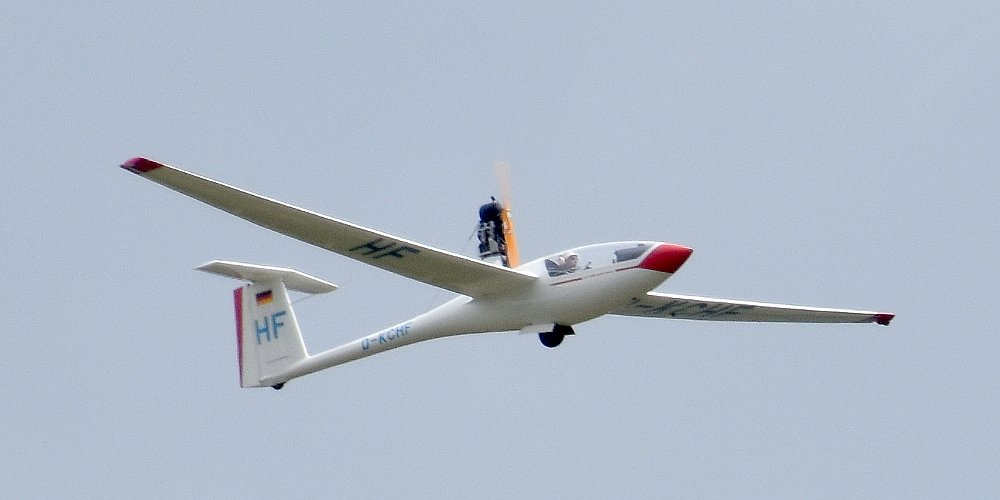Eiri-Avion
PIK-20The PIK-20 sailplane was designed at the Helsinki University of Technology by Pekka Tammi, with advice from Ilkka Rantasalo and Raimo Nurminen. The prototype first flew in October 1973. It was produced initially by Molino Oy which was taken over by Eiri-Avion, with production between 1974 and 1980. Later, production was taken over by the French company Siren SA under the name Siren PIK-20. 
Eiri-Avion PIK-20E, registration D-KCHF, built 1973, serial number 20205
|